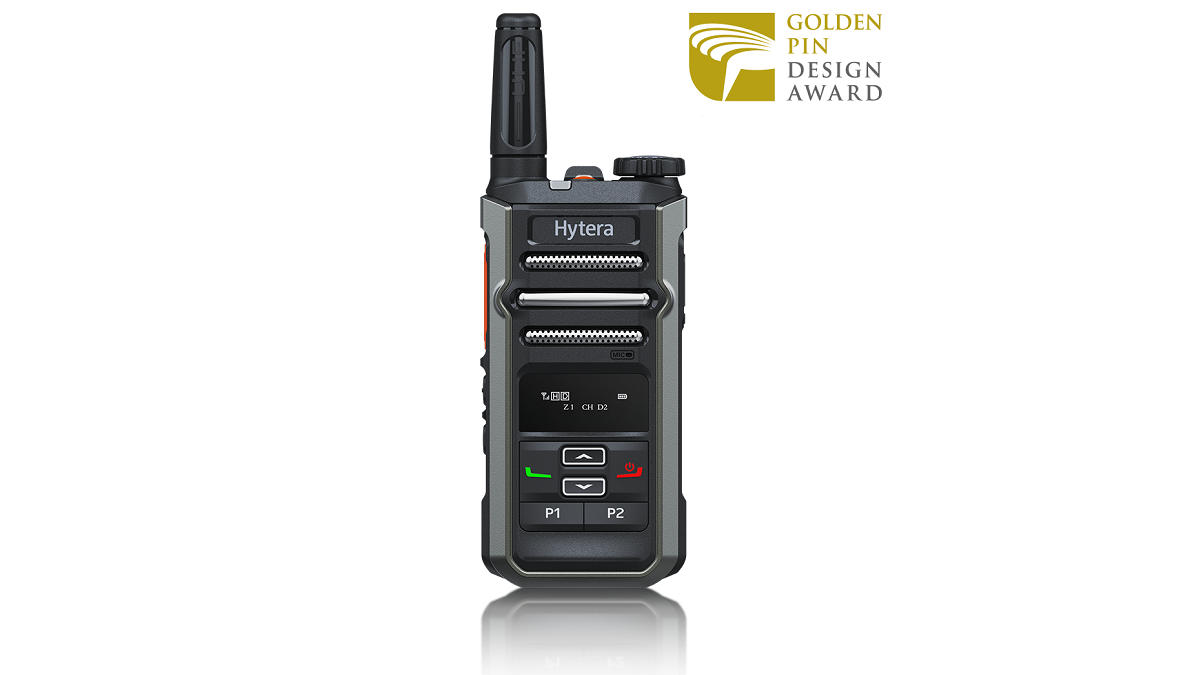Stay Connected, Stay Safe: 3 Tips on Outdoor Rock Climbing
Two-way Radio
Outdoor rock climbing is an exhilarating adventure, testing both your physical and mental limits. It's a pursuit that rewards skill, determination, and most importantly, effective communication.

3 Main Types of Outdoor Rock Climbing
Bouldering: This is a free climbing done on small rock formations without the use of ropes or harnesses. It is normally 6 meters/20ft high. Being close to the ground (normally less than 6 meters/20ft high) makes less fear and more popular among climbers. Most climbers choose those rock surface either vertical or overhanging, obviously every fall will cause the climber to hit the ground. Make sure to have bouldering mats prepared to prevent injuries from falls.
Top rope climbing: By definition, top rope climbing is possible only after the anchor at the top of your route is settled and with a rope passed through. Unlike the bouldering done separately and without any equipment during the climb, this activity should be done by two persons from the very beginning. The climber, with climbing rope attached tightly, goes towards the anchor positon while the second climber (or belayer) holds the other side of the rope at the base of the climb.
The belayer plays a more significant role during this activity. As the climber ascends the route, the belayer holds the rope smoothly or tightly to make sure that the climber hangs from the rope even s/he falls.
Sport Climbing (bolted climbing): This is a type of free climbing with pre-drilled permanent bolts in the rock. The climber uses quickdraws to clip into the bolts while the second climber(or belayer) holding the climbing rope. After the lead climber has arrived at the top, the second climber removes the quickdraws as they climb the route.
Comparing to the previous two types of climbing, this one is safer with the use of bolts and also led to rapid growth in competition climbing like the Olympics.

The Importance of Communication in Outdoor Rock Climbing
Safety first. The most critical thing in outdoor rock climbing is to ensure the safety of all climbers involved. Verbal cues and signals scheduled are essential for coordinating actions between the climber and the belayer. For instance, climbers need to communicate when they are about to take a fall or if they need to rest on the route. The belayer must be able to respond appropriately to these communications to manage the rope and prevent accidents.
Teamwork and trust:Outdoor Rock climbing often involves a team, for example, a group of people go together for rural scene and marvelous experience where nobody lives and all you can rely on is your team members. Some may even last several days. Effective communication helps build trust between climbing partners. Take the top rope as an example, the climber needs to trust the belayer and believes s/he will manage the rope effectively. Clear communication and trust about intentions, progress, and any difficulties happening in the route is essential for a successful climb.
Efficiency and problem solving: Good communication allows climbers to efficiently plan their routes and solve problems as they arise. For example, a climber might communicate the location of good holds or warn of potential hazards. This information helps the belayer and any other team members to anticipate the climber's needs and provide appropriate support. Additionally, communication can help climbers learn from each other, share experiences on the route, and make strategic decisions about their climbing strategy.

3 Tips for Efficient Communication in Outdoor Rock Climbing
Establish Clear Commands: Agree on a set of signals with your climbing partner beforehand, and use them consistently throughout the climb. Always include your partner's name when issuing a command.
Maintain Open Dialogue: Check in with your partner regularly to ensure their safety and progress. Open communication keeps both climber and belayer informed and aware.
Be Concise and Clear: Avoid vague language. Use specific commands and clear instructions to prevent misunderstandings.
In challenging outdoor environments where voices may be drowned out by weather or distance, or where cellular signals are unavailable, two-way radios offer a reliable lifeline. By using two-way radio, you can talk with your partner even in a no-signal area. Even if two persons are far away with each other or apart by obstacles like rocks and trees. This is because it's done with narrowband radio which operates on specific radio frequencies and useuses repeater systems to extend their range. Two-way radio is robust and rugged to be suitable for outdoor raining and tough environment.
Hytera's BP36X, for example, delivers clear communication even in remote areas, features long battery life and hands-free operation for added convenience. The BP30 can work at least 8 hours after one-hour charging. With the function of Voice Operated Transmit (VOX), climbers can keep climbing while making a hands-free talk without pressing and touching the PTT key.






